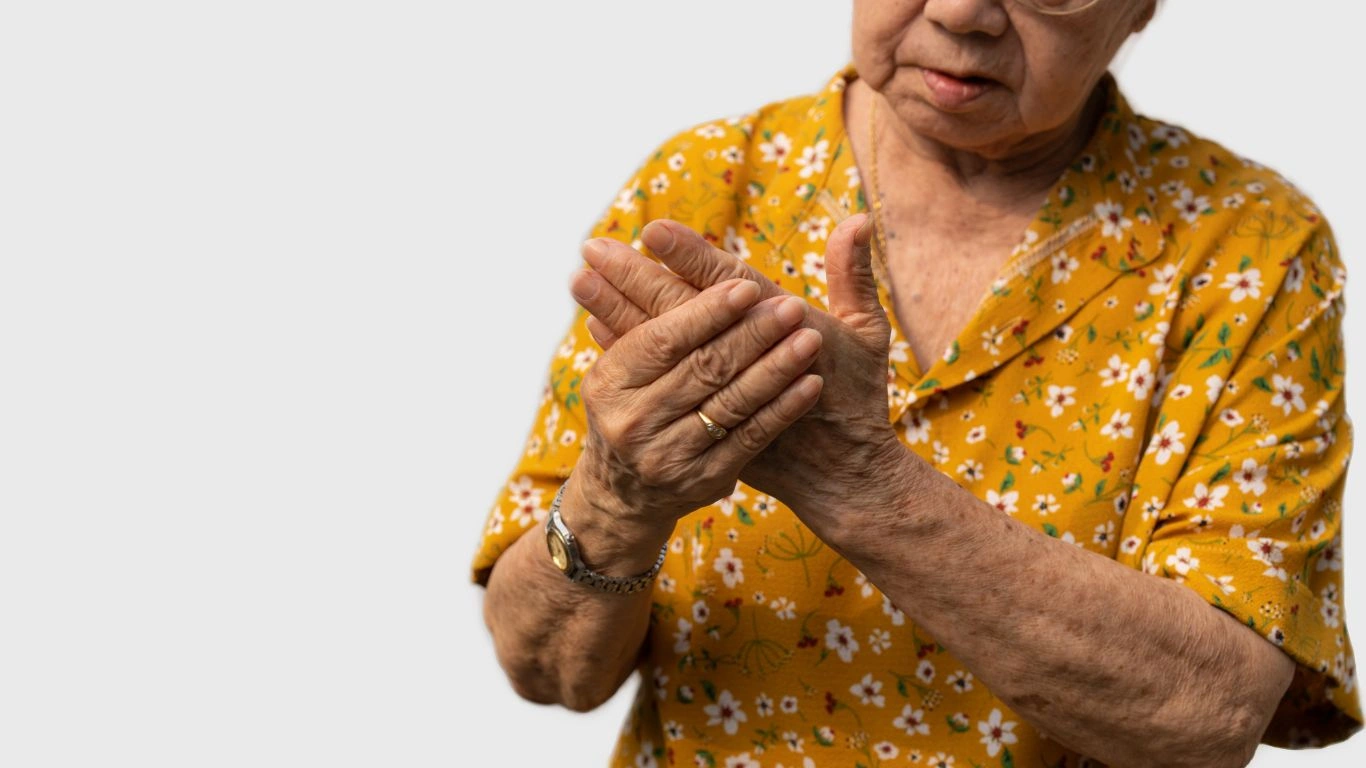7 Proven Ways to Improve Circulation in Hands with Arthritis
If you’re someone who’s living with arthritis, particularly in your hands, then you probably know how frustrating it can be when your fingers feel cold, stiff, or just plain “off.” I get it — as a Rheumatology nurse practitioner, I’ve seen countless patients come into the clinic saying, “My hands just don’t feel right, especially in the morning.” That’s why I want to share some tried-and-true ways on how to improve circulation in hands with arthritis. It’s not just about warmth — it’s about function, mobility, and your overall quality of life.
Why Circulation Matters in Arthritic Hands
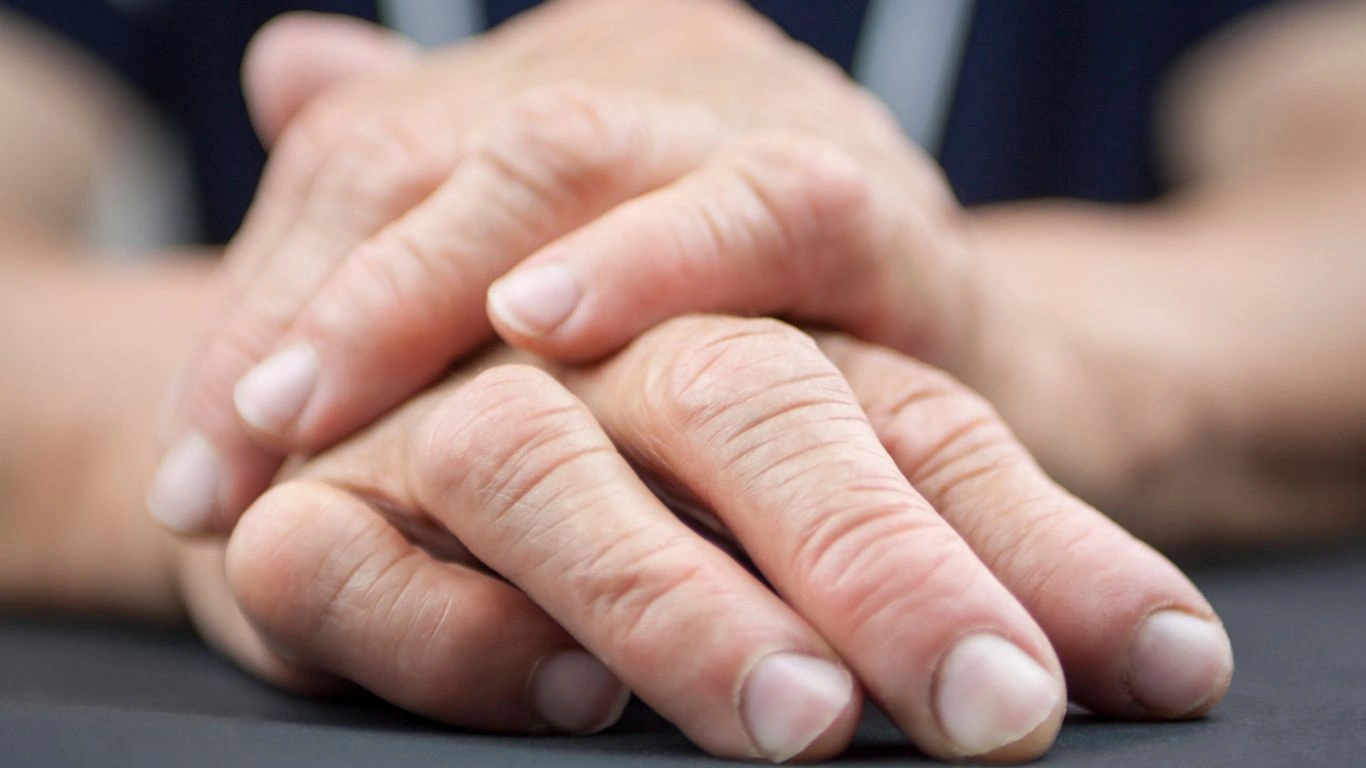
When you have arthritis — whether it’s osteoarthritis or something autoimmune like rheumatoid arthritis — your joints go through a lot. Inflammation, joint damage, and even the medications we use can all affect how blood flows through your extremities. Poor circulation doesn’t just make your hands feel cold; it can cause numbness, tingling, and even delayed healing. I always tell my patients: good circulation is your joints’ best friend.
What Poor Circulation Looks Like in Arthritis
People often assume it’s just about cold hands, but it’s more than that. Here are some common signs I look out for during clinic visits:
- Persistent tingling or “pins and needles” feeling
- Cold or bluish fingertips
- Stiffness that feels worse in the cold or after being still
- Difficulty with fine motor tasks like buttoning shirts or opening jars
- Swelling that comes and goes
If you’re nodding along thinking, “Yep, that’s me,” don’t worry — there are practical, everyday ways to turn this around.
Simple Daily Habits to Boost Blood Flow

1. Start the Day With a Warm Hand Soak
This one is a game changer. Before you even reach for your coffee, try soaking your hands in a basin of warm water for 5-10 minutes. You can even add a few drops of essential oil like lavender or eucalyptus if you’re into that kind of thing (I personally love lavender — it’s calming and soothing). The warmth encourages vasodilation — that’s just a fancy word for your blood vessels opening up and letting blood flow more freely.
2. Gentle Hand Exercises — Yes, They Work
I’ve had so many patients tell me, “I didn’t think those little exercises would help.” But they do. Think of it like this: just like walking improves circulation in your legs, moving your hands encourages blood flow too. Try these simple moves:
- Make a fist and then slowly open your hand wide. Repeat 10 times.
- Touch each fingertip to your thumb one by one. Do this a few times a day.
- Use a soft stress ball to gently squeeze and release.
I recommend doing these exercises morning and evening — even while watching TV.
3. Stay Warm — But Not Just With Gloves
Keeping your hands warm can help, but I tell my patients to think beyond gloves. Layer your clothing, use hand warmers if needed, and make sure your whole body is warm. When your core is cold, your body pulls blood away from your extremities — including your hands.
4. Stay Active (Even Just a Little)
I’m not saying you have to hit the gym. But light movement throughout the day — walking, stretching, even tidying up around the house — helps keep blood circulating well. And yes, this includes hand movement. Every bit of motion helps!
5. Hydration and Nutrition — Don’t Skip This
People often overlook how much water and food impact circulation. Dehydration can make your blood thicker, which slows things down. And anti-inflammatory foods (think: salmon, leafy greens, berries) can reduce swelling in your joints and improve overall vascular health. I always remind folks: your joints are part of your body, not separate from it — what you eat affects them too.
Therapies That Can Help Improve Circulation in Arthritic Hands
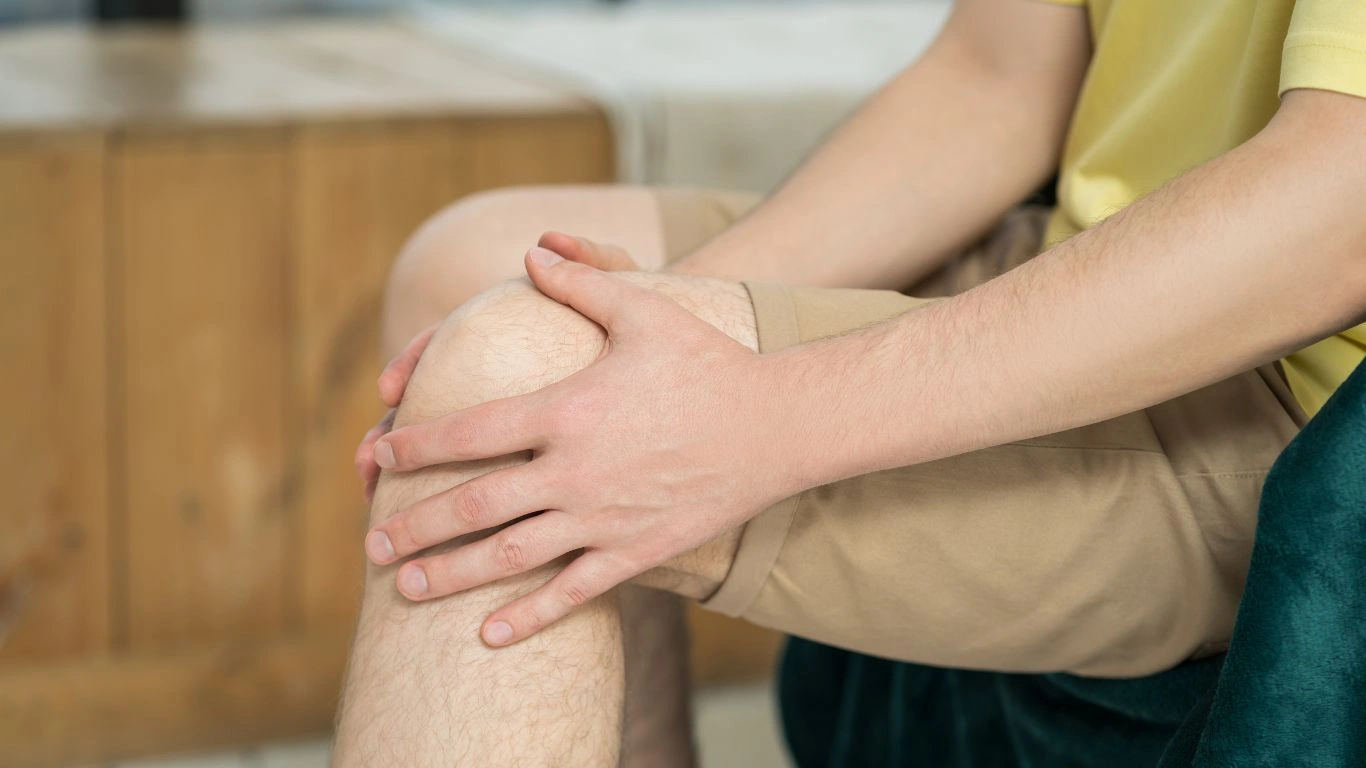
Massage and Manual Therapy
Therapeutic massage isn’t just a luxury. In fact, I often recommend gentle hand massages to stimulate circulation and reduce stiffness. Whether it’s self-massage using a bit of lotion or seeing a certified hand therapist, these techniques can promote blood flow and make your hands feel more alive.
Compression Gloves — Friend or Foe?
Compression gloves can be really helpful for some people — especially overnight. They provide gentle pressure that supports circulation and reduces swelling. Just make sure they’re not too tight (you should never lose feeling while wearing them). I’ve seen patients benefit tremendously, especially in cooler months.
When to See a Specialist
If your hands are constantly cold, discolored, or losing strength, it’s time to get evaluated. Raynaud’s phenomenon, vascular disease, and even nerve compression can masquerade as “just arthritis.” I’ve caught these issues more than once just by digging a little deeper in clinic visits. Trust your gut — if something feels off, talk to your healthcare provider.
Heat Therapy vs. Cold Therapy — Knowing When and How
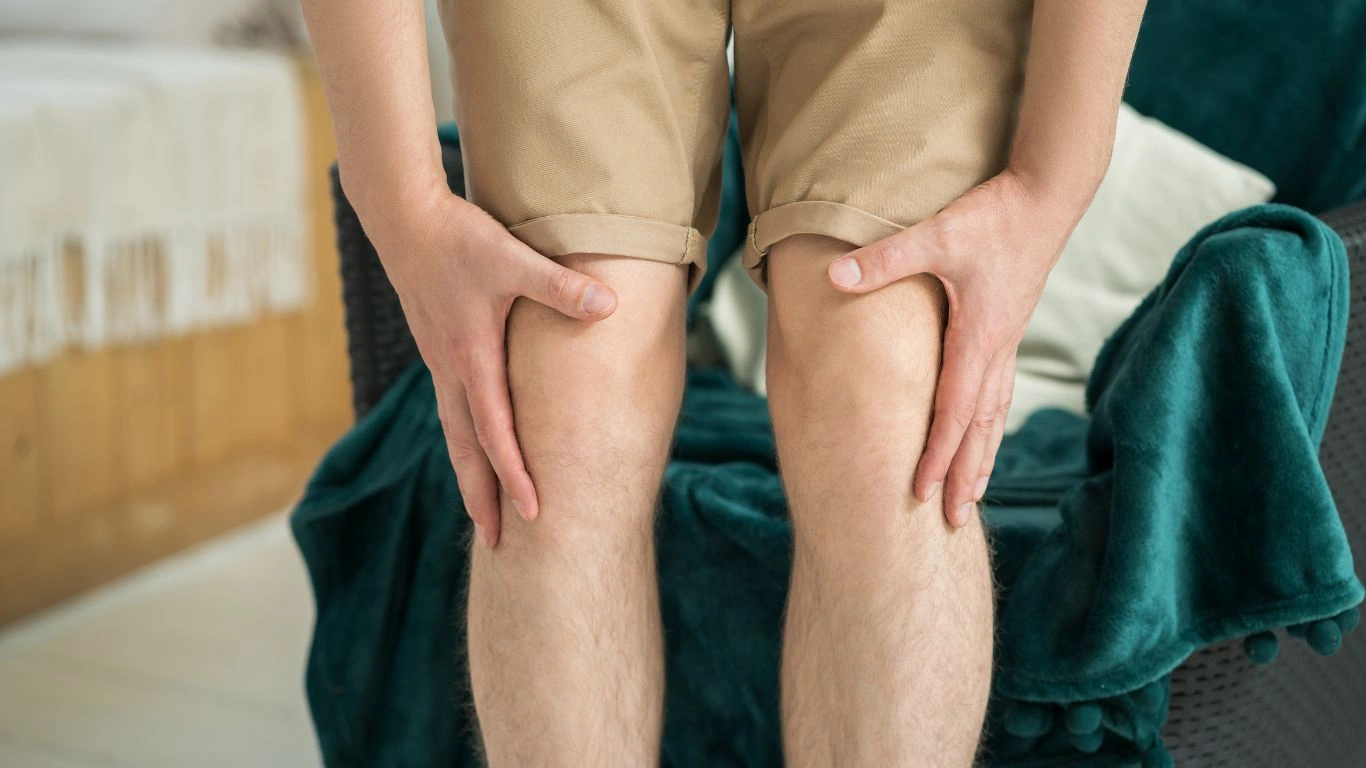
One of the questions I get all the time is, “Should I use heat or cold for my hands?” And honestly, the answer is — it depends. Both can be helpful, but for different reasons. If your goal is to improve circulation in hands with arthritis, then warmth is your go-to. Heat helps expand blood vessels, eases stiffness, and can even help you move more freely. I love warm paraffin wax treatments — not just because they feel spa-like, but because they actually work.
Now, cold therapy has its place, especially during flares when your hands are red, swollen, and hot to the touch. That’s your immune system doing its thing, and cold can calm it down. Just don’t overdo it — too much cold can actually restrict blood flow and make your circulation worse in the long run. Listen to your hands. They usually tell you what they need.
Topical Treatments That Encourage Circulation

This is one of those under-the-radar tips I always share with my patients: don’t underestimate the power of a good topical rub. There are creams and ointments out there with ingredients like capsaicin (from chili peppers!) or menthol that stimulate blood flow right under the skin. When you apply them, you’re not just getting temporary relief — you’re actually inviting more circulation into the area.
Here’s a trick I often suggest: after applying the cream, give your hands a light massage for a couple of minutes. You’re hitting two birds with one stone — topical support + mechanical stimulation. And yes, it works best when you make it a routine, not just a one-off treatment.
Some favorites my patients swear by:
- Capsaicin cream (low concentration to start!)
- Arnica-based rubs (great for mild inflammation)
- Magnesium oil (not just for cramps — helps with blood flow too!)
Devices and Tools That Actually Help
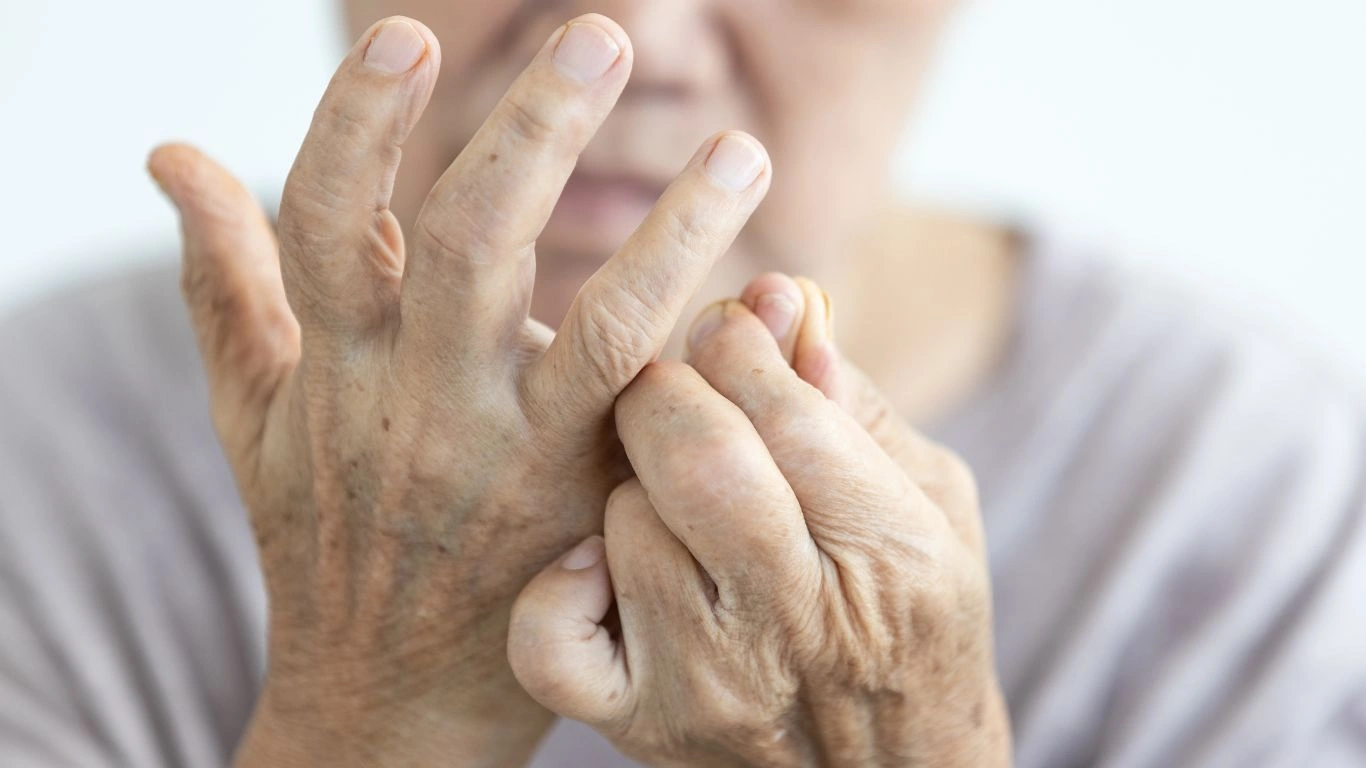
Let’s talk gadgets. Not all of them are gimmicks — in fact, there are a few tools I regularly recommend to my patients and even use myself during hand therapy sessions. These devices can support circulation, reduce stiffness, and keep your hands moving without causing strain.
Worthwhile tools to explore:
- Electric hand warmers: These are great for morning stiffness or anytime your hands feel “frozen.” The steady heat can work wonders for circulation.
- Vibration therapy tools: These help stimulate the tissues in your hand, especially around the smaller joints. You’d be surprised how well they help with circulation and nerve activation.
- Grip strengtheners: Not the hard-core gym kind — I’m talking soft silicone ones that gently work the hand muscles. They promote movement without causing flare-ups.
- Paraffin wax baths: Yes, I’m mentioning it again because it’s just that good. The deep heat helps increase local blood flow and makes your joints feel more limber.
As with anything, consistency is key. Don’t expect results overnight — but do expect change with regular use.
Mind-Body Connection: The Circulation You Didn’t Know You Were Blocking
This might sound a little “woo,” but I promise it’s grounded in real-world practice. Stress has a huge impact on circulation. When you’re anxious or constantly in pain, your body responds by tightening up — and yes, that includes your blood vessels. I’ve seen patients with chronic hand arthritis notice a difference just by adding in 10 minutes of daily meditation or breathwork.
My go-to stress relievers that support hand health:
- Box breathing: Inhale for 4, hold for 4, exhale for 4, hold for 4 — repeat.
- Gentle yoga or tai chi: Movement + breath = circulation magic.
- Hand-focused body scans: Try sitting quietly and just directing your awareness and breath into your hands. Weird at first, powerful over time.
These techniques might not be the first thing people think of when they hear “arthritis,” but trust me — your nervous system plays a bigger role in circulation than we give it credit for.
What I Tell My Patients — And What I Do Myself
Here’s the truth: I don’t just teach this stuff, I practice it. My own hands ache sometimes after long clinic days, especially in the colder months. I keep a warm rice sock in my desk drawer. I do my little finger stretches while writing notes. I rotate between arnica gel and magnesium oil depending on what I need that day. And I encourage my patients to build a routine that works for their lifestyle, not someone else’s idea of perfection.
The biggest lesson? You don’t need to do everything at once. Start small. Add a habit or two each week. Track how your hands feel — maybe even journal it. Over time, these seemingly little steps add up to real improvement in blood flow, joint mobility, and your day-to-day comfort.
What Role Do Medications Play in Circulation?

Let’s be real — medication can be a touchy topic. Some folks feel like they’re “giving in” if they start taking something for their arthritis. But I always say: there’s no shame in giving your body what it needs. And believe it or not, certain medications can indirectly help improve blood flow by reducing inflammation that compresses blood vessels in your hands.
When inflammation calms down, your circulation often improves. That’s especially true in conditions like rheumatoid arthritis or psoriatic arthritis, where systemic inflammation can wreak havoc on small blood vessels over time.
Medications that can make a difference:
- DMARDs (Disease-Modifying Anti-Rheumatic Drugs): These help reduce long-term joint damage and improve circulation indirectly by calming inflammation. Methotrexate, hydroxychloroquine, and sulfasalazine are common names here.
- Biologics: Think of these as the big guns — targeted therapies that go after specific inflammatory pathways. When used appropriately, they often result in less swelling and better hand function.
- Low-dose aspirin: In some cases, providers may recommend this to help prevent clotting and improve vascular health, especially in patients with risk factors like Raynaud’s or cardiovascular disease.
Of course, every medication has its pros and cons — always speak with your provider before starting or stopping anything. And don’t hesitate to ask questions. One of the things I love most about my job is helping patients navigate those conversations with clarity and confidence.
Natural Supplements That May Support Circulation
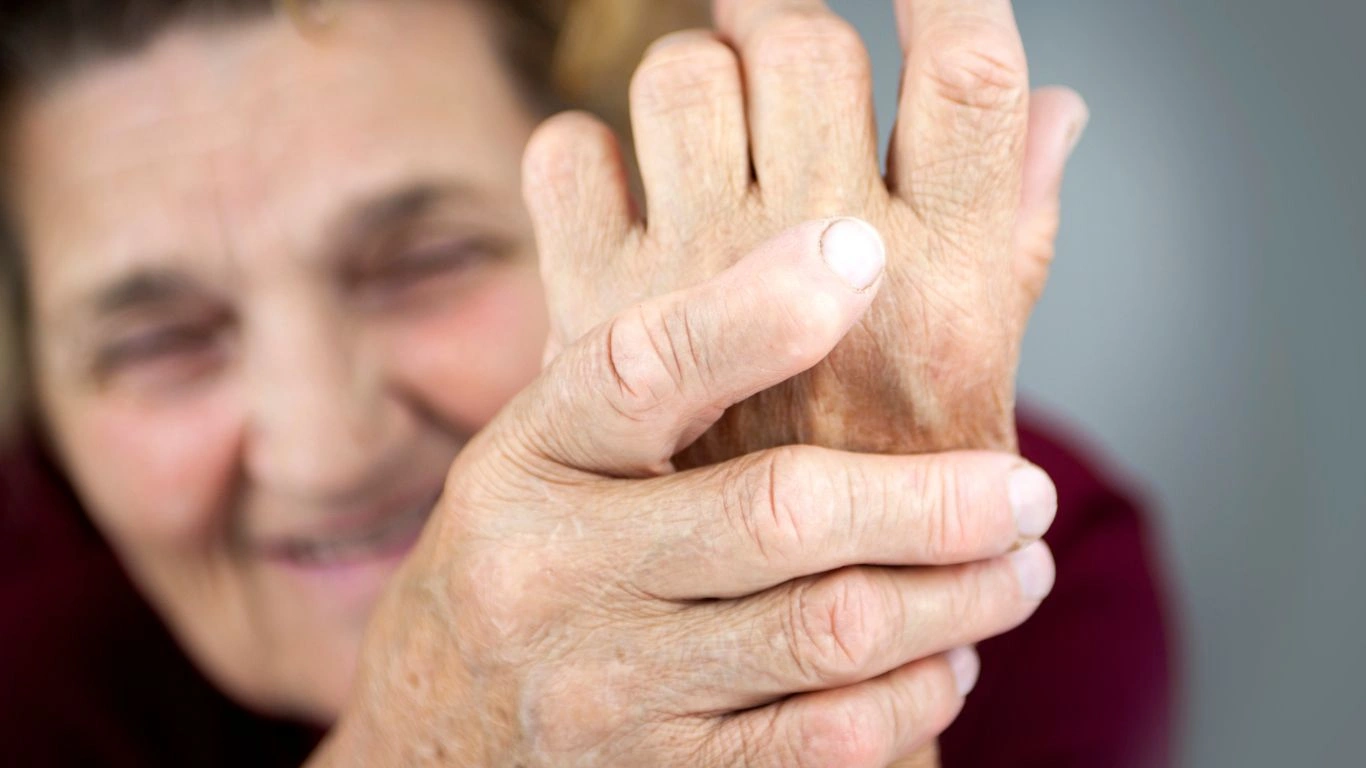
I’ve had patients ask me if supplements are “worth it” — and the truth is, some absolutely are, while others are just overpriced hype. When it comes to circulation and hand health, certain natural options have enough science behind them to be worth a closer look.
Supplements I often see benefit from:
- Omega-3 fatty acids: Found in fish oil or algae oil, these support both heart health and circulation. They also help reduce joint stiffness in inflammatory arthritis. I like to think of them as natural joint lube.
- Turmeric (curcumin): This powerhouse spice has anti-inflammatory properties that may help ease pressure on blood vessels and improve overall hand function.
- Gingko biloba: A classic circulation aid that may increase blood flow to the extremities. Not a miracle, but potentially helpful for some.
- Magnesium: Crucial for muscle and vascular relaxation. If you’re low (many people are), supplementation may help with both cramping and circulation.
Again, please talk to your provider before adding anything new. Just because it’s “natural” doesn’t mean it’s safe for everyone. I’ve seen interactions with blood thinners, certain RA meds, and even thyroid treatments.
Creating a Circulation-Friendly Environment at Home
This might sound odd, but your home setup really matters — especially if you’re managing arthritis daily. Cold rooms, poor ergonomics, and even high stress levels at home can quietly sabotage your circulation.
Simple ways to set your space up for hand health:
- Keep your home warm: Especially in the mornings and evenings. Space heaters in common areas can work wonders.
- Use easy-grip kitchen tools: These reduce hand strain and keep you moving comfortably (which promotes circulation).
- Ergonomic workstations: Whether it’s a laptop stand or a mouse shaped for arthritic hands, investing here pays off in circulation and comfort.
- Schedule movement breaks: Set a timer every 30-45 minutes to stretch your fingers and get your blood flowing.
Little tweaks in your environment can really build up over time to reduce stiffness, swelling, and fatigue in your hands.
Real Talk: Everyone’s Hands Are Different
If there’s one thing I’ve learned in clinic, it’s this: no two sets of arthritic hands are the same. What works beautifully for one person might do nothing for someone else. That’s why I always encourage people to treat their circulation journey like an experiment — gentle trial and error, with plenty of patience.
Start by noticing patterns. Do your hands feel better after a warm shower? Worse after using the computer for hours? Keep a small journal or log — even just a note in your phone. Over time, you’ll start to piece together what helps and what hurts.
And please, don’t get discouraged. Progress with arthritis is rarely linear. Some days will be better than others, and that’s okay. The point is — you’re showing up for yourself, and that matters.
References
- National Institutes of Health
- Health.com
- Arthritis Foundation
- Centers for Disease Control and Prevention
Disclaimer
This content is intended for informational purposes only and does not constitute medical advice. Always consult your healthcare provider before making any changes to your medication, treatment plan, or lifestyle habits. What works for one individual may not be suitable for another, especially in the context of chronic conditions like arthritis.

Tarra Nugroho is a dedicated Nurse Practitioner with a strong foundation in family and preventive care. She brings both compassion and clinical expertise to her practice, focusing on patient-centered care and health education. As a contributor to Healthusias.com, Tarra translates medical knowledge into clear, empowering articles on topics like women’s health, chronic disease management, and lifestyle medicine. Her mission is simple: help people feel seen, heard, and informed—both in the clinic and through the content she creates. When she’s not caring for patients, Tarra enjoys weekend hikes, plant-based cooking, and curling up with a good health podcast.
